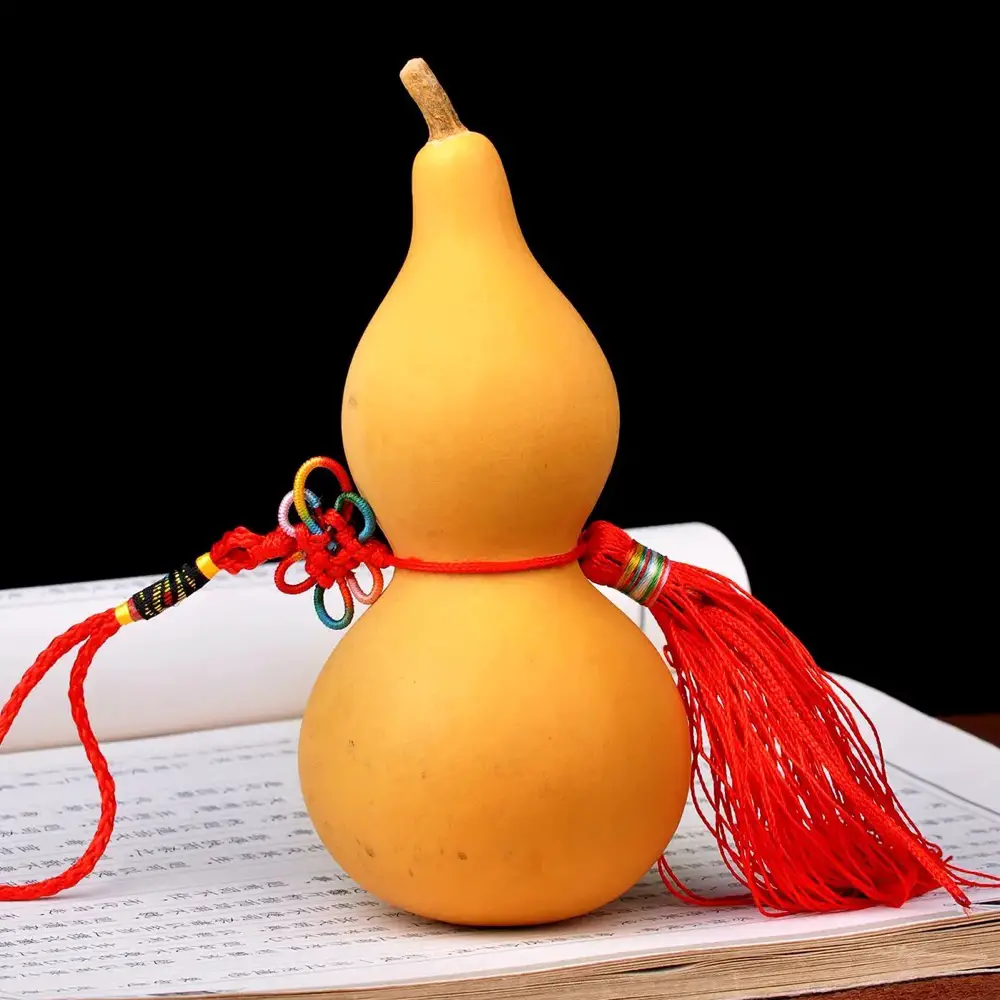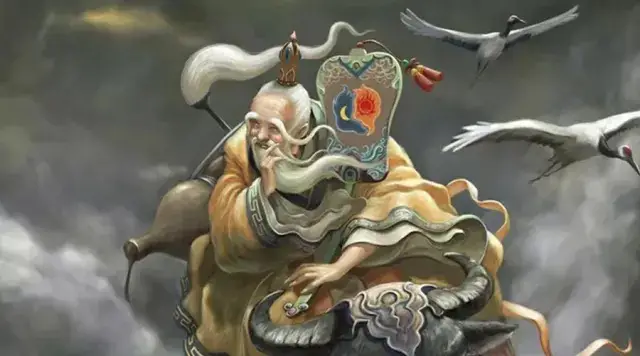The gourd is a common and insignificant item in Western cultures but holds a deeper meaning in Chinese. Gourds are called Hulu in Chinese culture. They were dried and used as storage containers and decorative vases. It is a multifaceted Chinese symbol.
What is a Chinese Gourd?

The gourd in Chinese culture was not only a storage container for water, medicines, and wine but a magical charm for driving away evil spirits. A Chinese gourd is tied with a rope when it is small in a technique that makes them grow in the shape of the number eight, a Chinese lucky number.
The gourds were characterized by Chinese writings on the sides for example. ‘Fu’, ‘Shou’, ‘Shuang’, and ‘Quan’ come together to form the names happiness and longevity. A Chinese gourd is a representation of so many things. For instance, the Daoism culture believes that the shape of the gourd represents the universe, an infinite magical world, or an entry into a magical dimension.
Chinese Gourd Charm Meaning
In Chinese culture, charms in the shape of gourds are made for various reasons such as protection, happiness, longevity, and prosperity. The gourd contains many seeds inside. The many seeds symbolized 10,000 children. The Chinese hoped for large families with many sons and daughters. The gourd was placed in the house as a charm symbol of fertility.
This gourd was also believed to have magic healing powers. When people became ill, they were advised to keep a gourd at their bedside for quick recovery. It was a charm to chase away evil spirits. People carried it in their bags while traveling and kept it in their houses to wade off evil spirits. The gourd’s first character ‘Hu’ in Chinese means protects and blesses. All these meanings inspire the Chinese guard charms.
Chinese Gourd Used For

The gourd was used for food and medicine. Its hard shell was used for the storage of water, medicines, magic portions, and wine. The elderly carried them on their backs as a sign of longevity while the kids had theirs tied on their backs for preservation. The gourd was also used on kids in the fight against chickenpox.
On New Year’s Eve, parents would hang gourds near children who were yet to contact chickenpox. The spirits of chickenpox and measles would visit the kids and when they found gourds, they would be trapped inside the gourds and keep the kids from getting sick. If the kids still contracted the diseases, it was believed that the gourds made it mild.
Conclusion
In other Fengshui beliefs, the gourd shape represents the uterus and creation. The calabash as it’s commonly known continues to feature in the Chinese culture and art. People use them as vases and decorative wall hangings although they are still tied to the beliefs we have mentioned above. People ate the tender green part of the calabash and retained the hard shell for home use. The calabash is a significant symbol in ancient and modern Chinese culture.